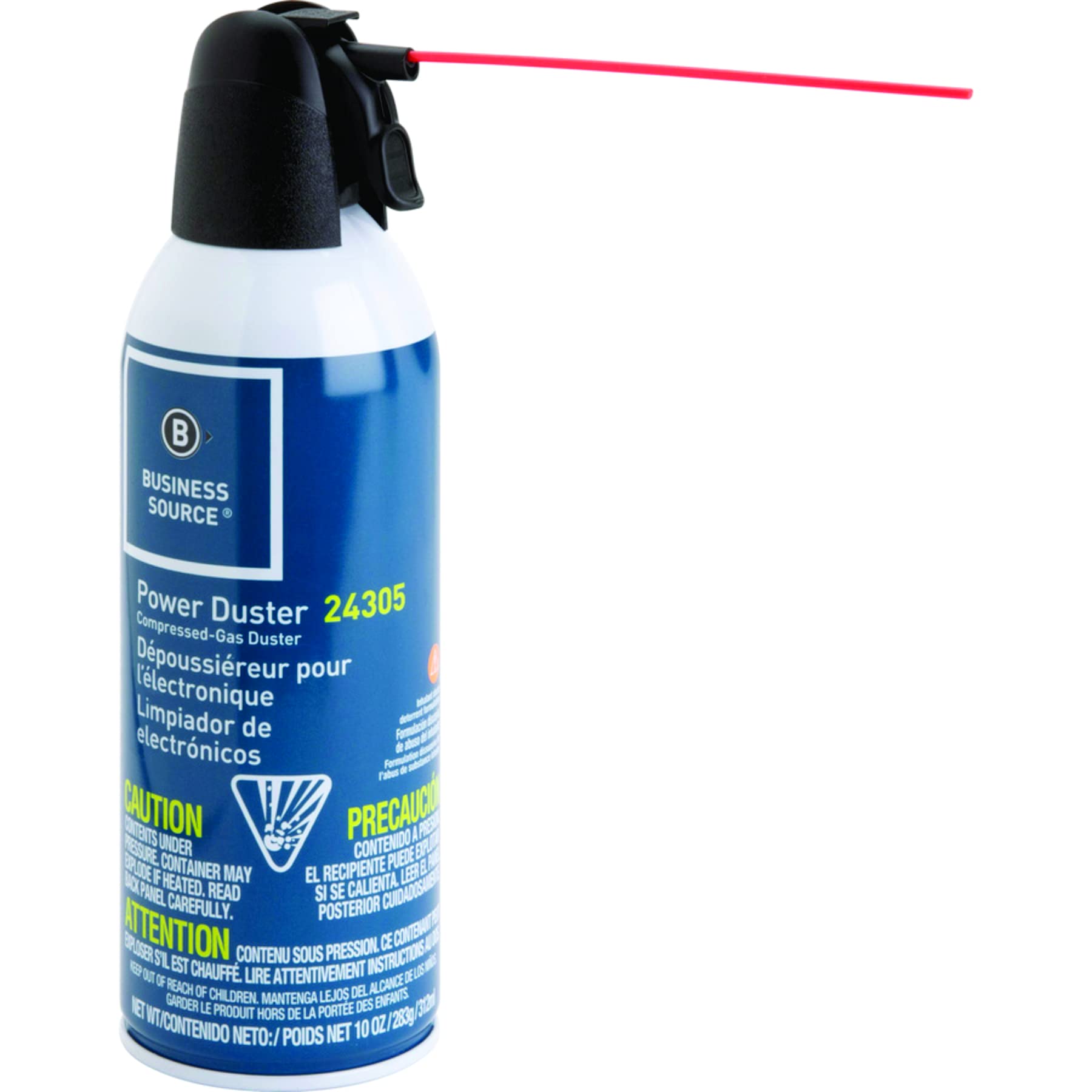

Articles
What Is In An Air Duster
Modified: August 22, 2024
Discover the benefits of using air dusters with our informative articles. Learn how to clean and maintain your electronics efficiently
(Many of the links in this article redirect to a specific reviewed product. Your purchase of these products through affiliate links helps to generate commission for Storables.com, at no extra cost. Learn more)
Introduction
Welcome to the fascinating world of air dusters! Have you ever wondered what is inside those cans that make them so effective in removing dust and debris from hard-to-reach places? In this article, we will explore the composition of air dusters and delve into their potential dangers and misuse. Additionally, we will discuss proper usage and safety precautions to ensure a safe and efficient cleaning experience.
An air duster, also known as compressed air duster or canned air, is a common household and office cleaning tool. It comes in a canister equipped with a nozzle that releases a powerful burst of air when pressed. This burst of air is extremely useful in dislodging dust and dirt from delicate surfaces, crevices, and electronic devices, making it an essential tool for cleaning keyboards, computer components, cameras, and other sensitive equipment.
Now, let’s take a closer look at the common ingredients that make up an air duster. Understanding these ingredients will give us insight into their functionality and potential hazards.
Key Takeaways:
- Proper usage and safety precautions are crucial when handling air dusters. Avoid inhalation, direct skin contact, and exposure to heat or flames to ensure a safe and effective cleaning experience.
- Understanding the ingredients and potential risks associated with air dusters is essential. Be mindful of inhalation risks, cold burns, fire hazards, and environmental impact to use air dusters responsibly.
Read more: What Is A Duster
What is an Air Duster?
An air duster is a cleaning tool that uses compressed air to blow away dust and debris from various surfaces. It is commonly sold in a canister form, which contains a mixture of compressed air, propellant, fragrance, and additives.
The primary component of an air duster is compressed air. Compressed air is air that has been pressurized and stored in the canister. When the nozzle is engaged, the pressure is released, propelling the air outward in a forceful burst. This burst of air creates a powerful stream that is capable of dislodging dust particles and blowing them away.
In addition to compressed air, air dusters often contain a propellant. The propellant is responsible for maintaining the pressure inside the can and facilitating the release of the compressed air. It assists in delivering a controlled burst of air when the nozzle is activated. Common propellants used in air dusters include hydrofluorocarbons (HFCs) or liquefied petroleum gas (LPG).
Some air dusters also come with fragrance added to their formula. This fragrant component helps to mask any unpleasant odors that may be present during the cleaning process. However, it is important to note that the fragrance is not a crucial component of the air duster’s functionality and can be omitted in certain brands or models.
Lastly, air dusters may contain additives that enhance their cleaning effectiveness. These additives can include anti-static agents to reduce the build-up of static electricity, lubricants to prevent friction on mechanical components, or solvents to aid in the removal of stubborn dirt or residue.
It is important to carefully read the product label and understand the ingredients present in the air duster you are using. Different brands or models may have variations in their formulation, so being aware of the ingredients can help you identify any specific precautions or considerations.
Now that we have a better understanding of what makes up an air duster, let’s explore the potential dangers and misuse associated with these cleaning tools.
Common Ingredients in Air Dusters
Air dusters consist of a combination of ingredients that work together to provide effective cleaning. Understanding these common ingredients can help us comprehend the potential hazards and benefits associated with air duster usage.
- Compressed Air: The main component of an air duster, compressed air is ordinary air that has been pressurized and stored in the canister. When released, it creates a forceful burst of air that dislodges dust and debris from surfaces.
- Propellant: To facilitate the release of compressed air from the canister, air dusters contain a propellant. Common propellants include hydrofluorocarbons (HFCs) or liquefied petroleum gas (LPG). The propellant ensures a controlled and forceful expulsion of compressed air when the nozzle is activated.
- Fragrance: Some air dusters include fragrance in their formulation. This ingredient provides a pleasant smell during the cleaning process and helps mask any potential odors. However, it is important to note that fragrance is not a necessary component for the functionality of an air duster and can be absent in certain brands or models.
- Additives: Air dusters may also contain additives that enhance their cleaning capabilities. These additives can vary depending on the brand and purpose of the air duster. Some common additives include anti-static agents, which help reduce static buildup on surfaces, lubricants that provide a protective barrier on mechanical components, and solvents that aid in removing stubborn dirt or residue.
It is essential to remember that not all air dusters are created equal. Different brands and models may have variations in their ingredient composition. Therefore, it is crucial to carefully read and understand the product label to be aware of any specific ingredients or potential hazards associated with the air duster you are using.
Now that we have a better understanding of the common ingredients found in air dusters, let’s explore the potential dangers and misuse that can arise from using these cleaning tools.
Compressed Air
Compressed air is the primary ingredient in air dusters and is essential for their functionality. It is ordinary air that has been pressurized and stored in the canister. When the nozzle of the air duster is activated, the pressure is released, propelling the compressed air outward in a forceful burst.
The power of compressed air makes air dusters highly effective in removing dust and debris from various surfaces. The force of the air can dislodge particles from crevices, keyboards, electronics, and other hard-to-reach areas. It provides a quick and convenient way to clean delicate equipment without the need for physical contact or cleaning agents.
However, despite its usefulness, it is important to handle compressed air with caution. Misusing or mishandling compressed air can lead to accidents and injuries. Here are some key points to keep in mind when using air dusters:
- Avoid Direct Contact: Do not direct compressed air towards your face, skin, or eyes. The force of the air can cause injury, especially if debris or particles are blown back towards you.
- Maintain Distance: When using an air duster, it is important to maintain a safe distance from the surface being cleaned. Holding the nozzle too close to delicate components can cause damage or displace sensitive parts. It is recommended to maintain a distance of at least several inches.
- Use in Well-Ventilated Areas: When using air dusters, ensure that you are in a well-ventilated space. Compressed air can disperse dust particles into the air, and breathing in excessive amounts of dust can be harmful.
- Store Properly: Store air dusters in a cool and dry place. Avoid exposing them to high temperatures or direct sunlight, as this can affect the canister’s pressure and integrity.
- Dispose Responsibly: When the canister is empty or no longer functional, dispose of it in accordance with local regulations. Some areas require special disposal procedures for aerosol cans due to their potential environmental impact.
By following these guidelines, you can safely and effectively utilize the power of compressed air in your air duster. However, it is important to be aware of the potential risks associated with other ingredients found in air dusters. Let’s explore the next ingredient: propellant.
Propellant
Propellant is an important ingredient found in air dusters. It plays a crucial role in maintaining the pressure inside the canister and facilitating the release of the compressed air when the nozzle is activated.
Common propellants used in air dusters include hydrofluorocarbons (HFCs) or liquefied petroleum gas (LPG). These propellants are chosen for their ability to store and release pressure effectively, ensuring that the air duster operates efficiently.
The propellant works in conjunction with the compressed air to create the forceful burst of air when you press the nozzle. It assists in delivering a controlled and powerful stream of air that dislodges dust and debris from surfaces. Without the propellant, the air duster would not be able to function as effectively in providing the needed cleaning power.
While propellants are generally safe when used correctly, it is essential to be aware of certain precautions:
- Do not puncture or expose the canister to heat: Propellants are highly pressurized, and tampering with the canister can lead to explosions or leaks. Avoid exposing the canister to excessive heat or open flames, as this can cause it to explode.
- Do not shake the canister vigorously: Shaking the air duster can agitate the contents, including the propellant, and potentially cause leaks or loss of pressure. Always handle the canister with care and avoid unnecessary shaking.
- Store in a cool and well-ventilated area: Proper storage is crucial to maintaining the integrity of the propellant. Store the air duster in a cool and dry place, away from direct sunlight or high temperatures.
- Dispose of empty canisters responsibly: Empty air duster canisters should be disposed of according to local regulations. Some areas have specific guidelines for disposing of aerosol cans due to their potential environmental impact.
By following these safety precautions, you can ensure the proper and safe use of the propellant in your air duster. However, it is important to be aware of the other ingredients found in air dusters and the potential dangers associated with their misuse. Let’s explore the third ingredient commonly found in air dusters: fragrance.
Read more: What Is A Knuckle Duster
Fragrance
Fragrance is an additional ingredient that can be found in some air dusters. While not present in all brands or models, fragrance is added to provide a pleasant scent during the cleaning process and help mask any potential odors.
The inclusion of fragrance in air dusters is a matter of personal preference. Some users enjoy the fresh and pleasant smell that it imparts, enhancing the overall cleaning experience. However, it is important to note that fragrance is not a necessary component for the functionality of an air duster.
When using an air duster with fragrance, there are a few important considerations to keep in mind:
- Potential Allergic Reactions: Fragrances can trigger allergies or sensitivities in some individuals. If you are prone to allergic reactions or have sensitivity to certain scents, it is recommended to choose fragrance-free air dusters or test a small amount of the product before use.
- Masking Odors: Fragrance in air dusters is intended to mask unpleasant odors. While it can temporarily cover up certain smells, it is essential to address the underlying cause of the odor rather than solely relying on the fragrance.
- Non-Essential Component: Fragrance is not essential for the functionality of the air duster. If you prefer a fragrance-free cleaning experience, there are plenty of options available in the market.
- Check for Potential Irritants: Some fragrances may contain chemicals that can cause irritation or allergies. It is important to read the product label and check for any potential irritants or allergens before using an air duster with fragrance.
Remember, fragrance is an optional ingredient in air dusters. If you prefer a fragrance-free cleaning experience or have sensitivities to certain scents, there are alternative options available.
Now that we have explored the common ingredients in air dusters, including compressed air, propellant, and fragrance, let’s move on to examining the potential dangers and misuse that can arise from using these cleaning tools.
Additives
Another component commonly found in air dusters is additives. Additives are additional ingredients that enhance the cleaning capabilities and overall functionality of the product. The specific additives present in an air duster can vary based on the brand and intended use.
Here are some common additives that may be found in air dusters:
- Anti-static Agents: Air dusters often contain anti-static agents that help reduce the accumulation of static electricity on surfaces. This can be particularly useful when cleaning electronic equipment, as it helps prevent dust from being immediately attracted back to the surface.
- Lubricants: Some air dusters include lubricants in their formulation. These lubricants provide a protective barrier on mechanical components, preventing friction and ensuring smooth operation. Lubricants can be especially beneficial when cleaning keyboards, moving parts, or delicate machinery.
- Solvents: Air dusters may also contain solvents that aid in the removal of stubborn dirt, dust, or residues. These solvents can help dissolve and break down grime, making it easier for the compressed air to dislodge and remove the particles from the surface.
While additives can enhance the cleaning effectiveness of air dusters, it is important to be mindful of their potential risks:
- Read Product Labels: Always read and understand the product labels, especially when it comes to additives. Some individuals may have allergies or sensitivities to certain chemicals, so it is important to be aware of any potential irritants or allergens present in the additives.
- Follow Usage Instructions: Use air dusters according to the manufacturer’s instructions and guidelines. Improper use or overuse of additives can potentially damage surfaces or interfere with the functionality of the equipment being cleaned.
- Consider Environmentally Friendly Alternatives: Some additives used in air dusters may have environmental implications. When possible, consider using air dusters that are labeled as environmentally friendly or use more sustainable cleaning methods to minimize potential harm to the environment.
By being aware of the additives present in air dusters and using them responsibly, you can maximize the cleaning benefits while minimizing any potential risks associated with their use.
Now that we have explored the common ingredients in air dusters, including compressed air, propellant, fragrance, and additives, let’s examine the potential dangers and misuse that can arise from these cleaning tools.
When using an air duster, always hold the can upright and use short bursts to avoid releasing the liquid propellant. This will help prevent any potential damage to the surface you are cleaning.
Potential Dangers and Misuse of Air Dusters
While air dusters are valuable cleaning tools, it is crucial to be aware of their potential dangers and the risks associated with their misuse. Understanding these risks can help ensure the safe and responsible use of air dusters.
- Inhalation Risks: One of the primary risks associated with air dusters is inhalation. The compressed air expelled from the nozzle may contain particulates or chemicals present in the environment or on the surface being cleaned. Inhaling these particles can be harmful to your health, potentially leading to respiratory issues, eye irritation, or dizziness. It is important to use air dusters in well-ventilated areas and avoid directly inhaling the expelled air.
- Cold Burns: When using air dusters, the compressed air can become extremely cold as it is released. Direct contact with this extremely cold air can lead to cold burns, similar to frostbite. Avoid directing the air towards your skin or holding the canister too close to sensitive areas to prevent such injuries.
- Fire Hazard: Air dusters can be a fire hazard if mishandled. The propellant used in air dusters is often flammable. Therefore, it is crucial to keep air dusters away from open flames, sparks, or hot surfaces that can ignite the propellant. Do not puncture or expose the canister to heat, as this can lead to explosions or fires.
- Environmental Impact: Air dusters can have an adverse impact on the environment if not properly used or disposed of. The propellant and other chemicals present in air dusters may contribute to air pollution when released into the atmosphere. It is important to follow proper disposal procedures for empty canisters and choose environmentally friendly options whenever possible.
To ensure the safe usage of air dusters, follow these precautions:
- Read and Follow Instructions: Always read and follow the manufacturer’s instructions and guidelines when using an air duster. Pay attention to safety warnings, recommended usage, and disposal instructions.
- Use in Well-Ventilated Areas: Use air dusters in well-ventilated areas to minimize the inhalation of expelled air and reduce the concentration of potentially harmful particles.
- Avoid Direct Contact: Avoid direct contact between the air duster and your body, especially your face, skin, and eyes. Keep a safe distance from the surface being cleaned to prevent injury or damage.
- Store and Dispose Properly: Store air dusters in a cool, dry place and away from heat sources. Follow local disposal regulations for empty canisters to minimize their environmental impact.
By understanding and adhering to these safety precautions, you can mitigate the potential dangers associated with air dusters and ensure the safe and responsible use of these cleaning tools.
Now that we have examined the potential dangers and misuse of air dusters, let’s explore proper usage and safety precautions to further enhance your cleaning experience.
Inhalation Risks
Inhalation risks are one of the primary concerns associated with the use of air dusters. The compressed air expelled from the nozzle may contain particulates or chemicals present in the environment or on the surface being cleaned. Inhaling these particles can have detrimental effects on your health and well-being.
Here are some important points to consider regarding inhalation risks when using air dusters:
- Use in Well-Ventilated Areas: It is crucial to use air dusters in well-ventilated areas. Indoor spaces with proper air circulation can help disperse any airborne particles and reduce their concentration. Avoid using air dusters in confined or poorly ventilated spaces, as this can lead to the accumulation of airborne contaminants.
- Avoid Direct Inhalation: Never directly inhale the expelled air from an air duster. The air may contain fine particles, dust, or potentially harmful chemicals. These can irritate your respiratory system, cause breathing difficulties, or result in eye irritation. Keep your face away from the nozzle and ensure that you are not breathing in the air being expelled.
- Protective Measures: If you need to use an air duster for an extended period or in an enclosed space, consider wearing a dust mask or respiratory protection. This will provide an additional layer of protection against inhalation of airborne particles. Consult with a healthcare professional or occupational safety expert for recommendations on suitable protective equipment.
- Avoid Targeting People or Animals: Never use air dusters on people, animals, or any living being. Directing the expelled air towards someone’s face or body can cause serious harm, including injury to the eyes, nose, or throat. Keep air dusters out of reach of children and educate them about the potential dangers associated with their misuse.
By following these precautions, you can minimize the risks of inhalation and ensure a safer cleaning experience when using air dusters. Remember that proper usage and responsible handling are critical to protecting your health and the well-being of those around you.
Next, let’s explore another potential danger associated with air dusters: cold burns.
Read also: 10 Superior Mini Duster for 2025
Cold Burns
Cold burns are a potential risk that can arise from the use of air dusters. When the compressed air is released from the nozzle, it undergoes a rapid expansion, causing a significant drop in temperature. Direct contact with this extremely cold air can lead to cold burns, similar to frostbite.
Here are some important considerations to prevent cold burns when using air dusters:
- Avoid Direct Contact: Never hold the nozzle of an air duster directly against your skin, as it can cause cold burns. The rapid cooling effect can damage the skin and underlying tissues. Always keep a safe distance between the nozzle and your body when using an air duster.
- Pay Attention to Sensations: If you start to feel an intense cold sensation or discomfort while using an air duster, immediately stop and assess the area for any signs of cold burns. Symptoms may include redness, discoloration, numbness, or pain. If you find any indication of cold burns, seek medical attention as soon as possible.
- Be Cautious with Delicate Surfaces: Some surfaces, such as certain plastics or sensitive materials, can be more susceptible to cold damage. When cleaning delicate objects or surfaces, exercise caution and use the air duster with gentle bursts of air from a safe distance. Avoid prolonged exposure to prevent potential damage.
- Protect Exposed Skin: If you are working in a cold environment or using air dusters for an extended period, consider wearing protective clothing or gloves to shield your exposed skin. This can provide an additional layer of insulation and help prevent the risk of cold burns.
Remember, prevention is key when it comes to avoiding cold burns from air dusters. By exercising caution, maintaining a safe distance, and protecting your skin, you can minimize the risk of cold burns and ensure a safe cleaning experience.
Next, let’s explore another potential danger associated with air dusters: fire hazard.
Fire Hazard
Fire hazard is a serious concern when it comes to the use of air dusters. The propellants used in air dusters are often flammable or combustible, making them a potential source of fire if mishandled or exposed to heat or flames.
Here are some important precautions to prevent fire hazards when using air dusters:
- Avoid Open Flames and Sparks: Keep air dusters away from open flames, sparks, or any sources of ignition. The propellant inside the canister is highly flammable and can be easily ignited. Even a small spark or a nearby open flame can lead to a fire or explosion. Exercise caution and ensure a safe distance between the air duster and any potential sources of ignition.
- Do Not Puncture or Incinerate: Never puncture, puncture or incinerate an air duster canister, even if it is empty. Puncturing the canister can release the propellant and potentially cause an explosion or fire. Follow proper disposal guidelines for empty canisters to minimize the risk of accidents.
- Store Properly: Store air dusters in cool, dry areas away from direct sunlight, heat sources, or other flammable materials. Ensure that the canisters are tightly sealed and properly stored in an upright position to prevent leaks or accidental discharge.
- Dispose Responsibly: When disposing of empty air duster canisters, follow the local regulations and guidelines for proper disposal of aerosol cans. Many areas have designated recycling or disposal centers for such items. Avoid simply throwing the canisters into regular trash bins.
Remember to exercise extreme caution when handling air dusters to prevent fire hazards. Be aware of the flammability of the propellant and take the necessary steps to ensure a safe environment while using and storing air dusters.
Next, let’s explore the potential environmental impact associated with air dusters.
Environmental Impact
The use of air dusters can have an environmental impact if not properly managed. The propellants and other chemicals present in air dusters can contribute to air pollution and have potential consequences for the environment. It is important to be aware of these potential environmental impacts and take steps to minimize them.
Here are some considerations regarding the environmental impact of air dusters:
- Air Pollution: The propellants used in air dusters, such as hydrofluorocarbons (HFCs) or liquefied petroleum gas (LPG), can contribute to air pollution when released into the atmosphere. These chemicals can contribute to the depletion of the ozone layer or contribute to greenhouse gas emissions. It is important to use air dusters responsibly and consider alternative cleaning methods that have a lower environmental impact.
- Proper Disposal: When an air duster canister is empty or no longer functional, it is important to dispose of it properly. Empty canisters should be recycled or disposed of in accordance with local regulations. Many recycling centers have specific procedures for aerosol cans due to their potential impact on the environment. Avoid throwing empty canisters into regular trash bins.
- Choose Environmentally Friendly Options: Consider using air dusters that are labeled as environmentally friendly or ozone-safe. These products often use alternative propellants that have a lower impact on the environment. Look for “green” or eco-friendly certifications on the packaging to make more sustainable choices.
- Minimize Use and Waste: Use air dusters responsibly and avoid excessive and unnecessary use. Minimize the release of propellants and chemicals into the environment by using targeted bursts of air only when needed. Cleaning techniques such as brushes or microfiber cloths can be effective alternatives for removing dust and debris without relying solely on air dusters.
By being mindful of the potential environmental impact and taking steps to minimize it, you can contribute to a more sustainable and eco-conscious approach to cleaning with air dusters.
Now that we have explored the potential dangers and risks associated with air dusters, it is crucial to understand proper usage and safety precautions to ensure a safe and effective cleaning experience.
Proper Use and Safety Precautions
Using air dusters properly and following safety precautions is essential to ensure a safe and effective cleaning experience. By adhering to these guidelines, you can minimize the risks associated with air dusters and protect your well-being.
- Read Instructions: Familiarize yourself with the manufacturer’s instructions and guidelines provided with the air duster. Take the time to understand how to properly operate the canister, including how to handle the nozzle and activate the release of compressed air.
- Use in Well-Ventilated Areas: Use air dusters in well-ventilated spaces to reduce the concentration of airborne particles and prevent the inhalation of potentially harmful substances. Open windows or doors to promote proper air circulation during cleaning sessions.
- Keep a Safe Distance: Maintain a safe distance between the nozzle and the surface being cleaned. Holding the air duster too close to delicate components or objects can cause damage. It is recommended to keep a distance of several inches while cleaning to minimize the risk of accidental contact.
- Do Not Inhale: Never directly inhale the expelled air. The air may contain particles or chemicals that can be harmful to your respiratory system. Avoid breathing in the air when using the air duster and keep your face away from the nozzle at all times.
- Avoid Direct Contact with Skin and Eyes: Do not aim the air duster at your face, skin, or eyes. The forceful burst of compressed air can cause injury or discomfort. Protect your eyes by wearing safety goggles if necessary and avoid directing the air at exposed skin.
- Store Properly: Store air dusters in a cool, dry place away from heat sources or direct sunlight. High temperatures or exposure to heat can affect the canister’s pressure or integrity. Ensure that the canister is securely closed to prevent accidental discharge or leaks.
- Dispose Responsibly: When the air duster canister is empty or no longer functional, dispose of it according to local regulations. Follow proper disposal procedures to minimize the environmental impact and potential risks associated with aerosol cans.
By following these proper use and safety precautions, you can enjoy the effective cleaning capabilities of air dusters while minimizing potential risks and ensuring a safe cleaning experience.
Now, armed with the knowledge of proper usage and safety precautions, you can confidently utilize air dusters for all your cleaning needs.
If you have any further questions or need additional information, feel free to ask. Happy cleaning!
Read more: What Is A Duster Clothing
Conclusion
Air dusters are convenient and effective tools for removing dust and debris from hard-to-reach places and delicate surfaces. Understanding the common ingredients found in air dusters, including compressed air, propellant, fragrance, and additives, can help us make informed decisions about their usage and potential risks. It is important to use air dusters responsibly and follow proper safety precautions to ensure a safe and efficient cleaning experience.
Some of the potential dangers associated with air dusters include inhalation risks, cold burns, fire hazards, and the environmental impact of their usage. By using air dusters in well-ventilated areas, avoiding direct contact with skin and eyes, and properly storing and disposing of the canisters, we can minimize these risks and protect our health and the environment.
We also explored the importance of reading instructions, maintaining a safe distance, and avoiding inhalation during the use of air dusters. By following these guidelines, we can prevent accidents and injuries associated with improper usage.
Remember, proper use and safety precautions are vital when handling air dusters. By doing so, we can ensure a safer cleaning experience and promote the responsible use of these cleaning tools.
Now that you are equipped with the knowledge and understanding of air dusters and their potential risks, you can confidently utilize them to keep your surroundings clean and dust-free. Always prioritize safety, be mindful of the environment, and enjoy the convenience and effectiveness of air dusters in your cleaning routine.
If you have any further questions or need additional information, feel free to ask. Happy cleaning!
Frequently Asked Questions about What Is In An Air Duster
Was this page helpful?
At Storables.com, we guarantee accurate and reliable information. Our content, validated by Expert Board Contributors, is crafted following stringent Editorial Policies. We're committed to providing you with well-researched, expert-backed insights for all your informational needs.
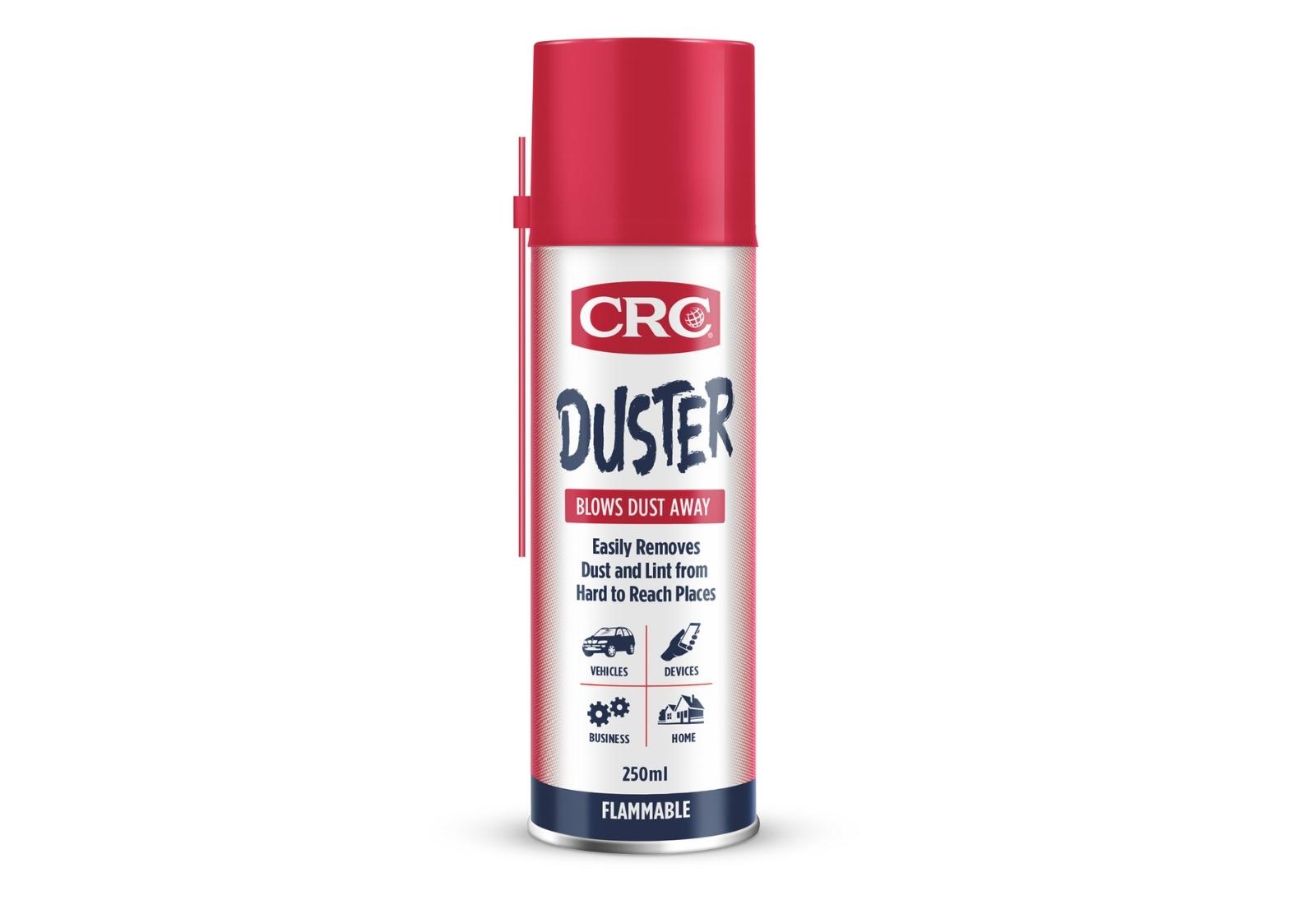
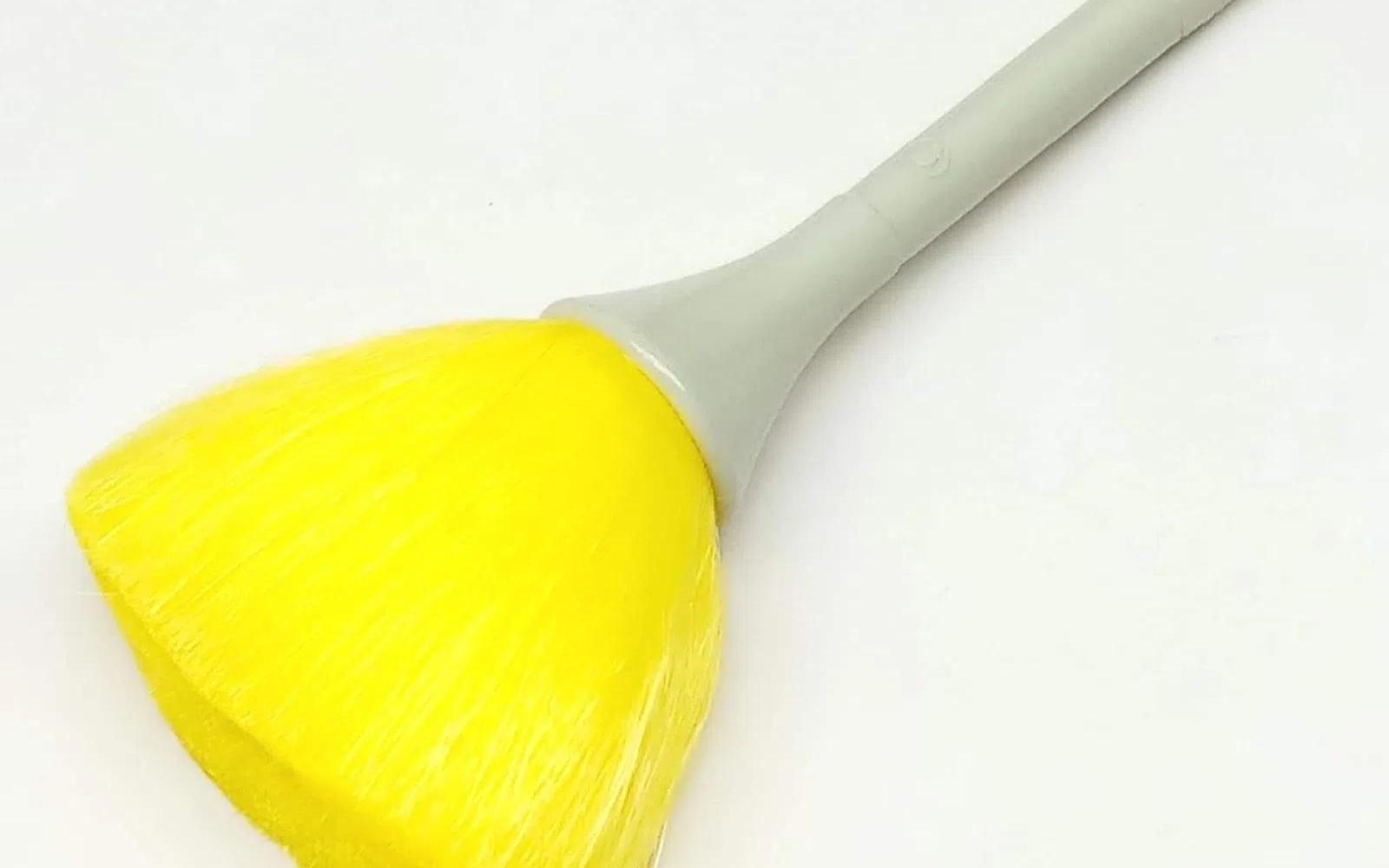



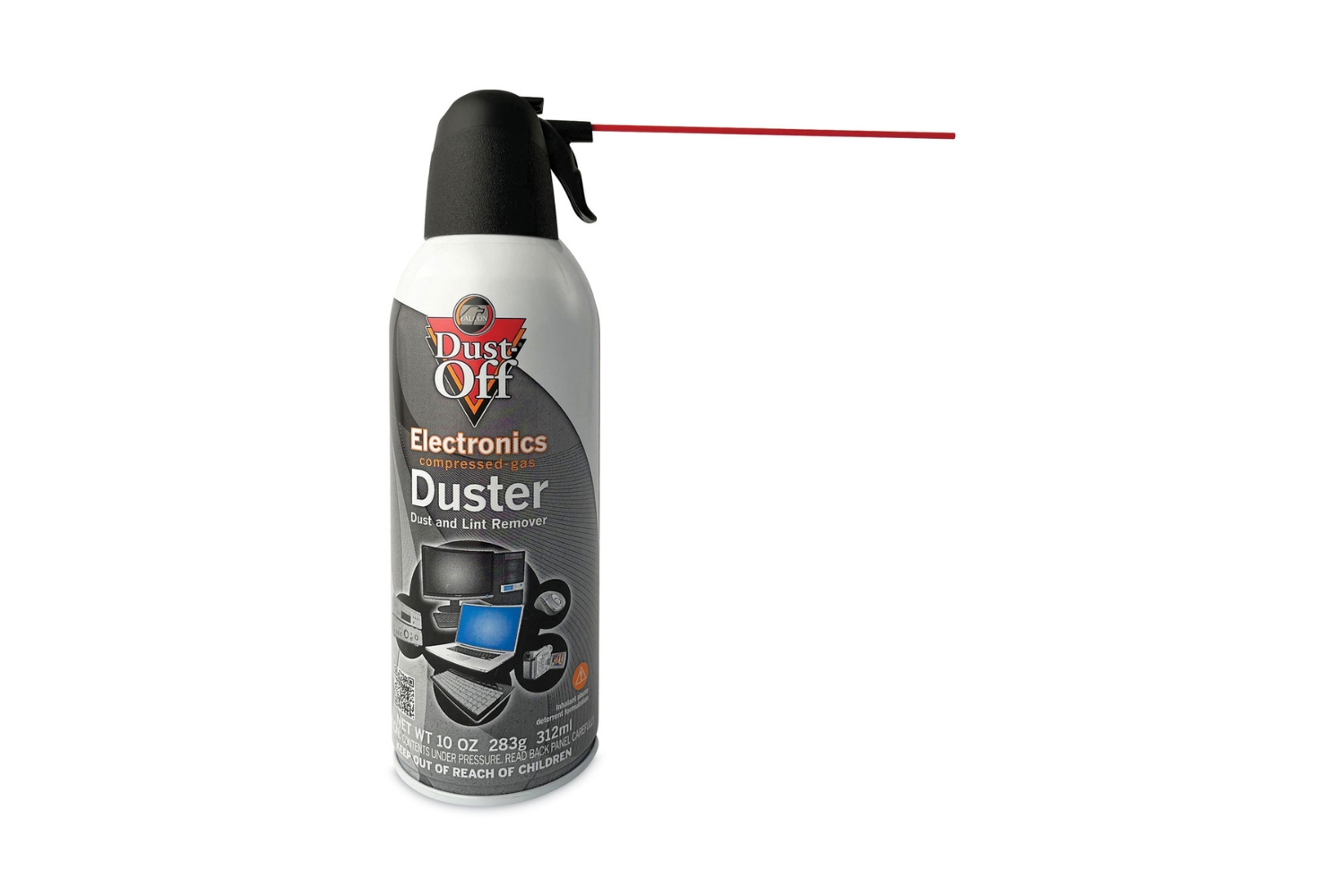


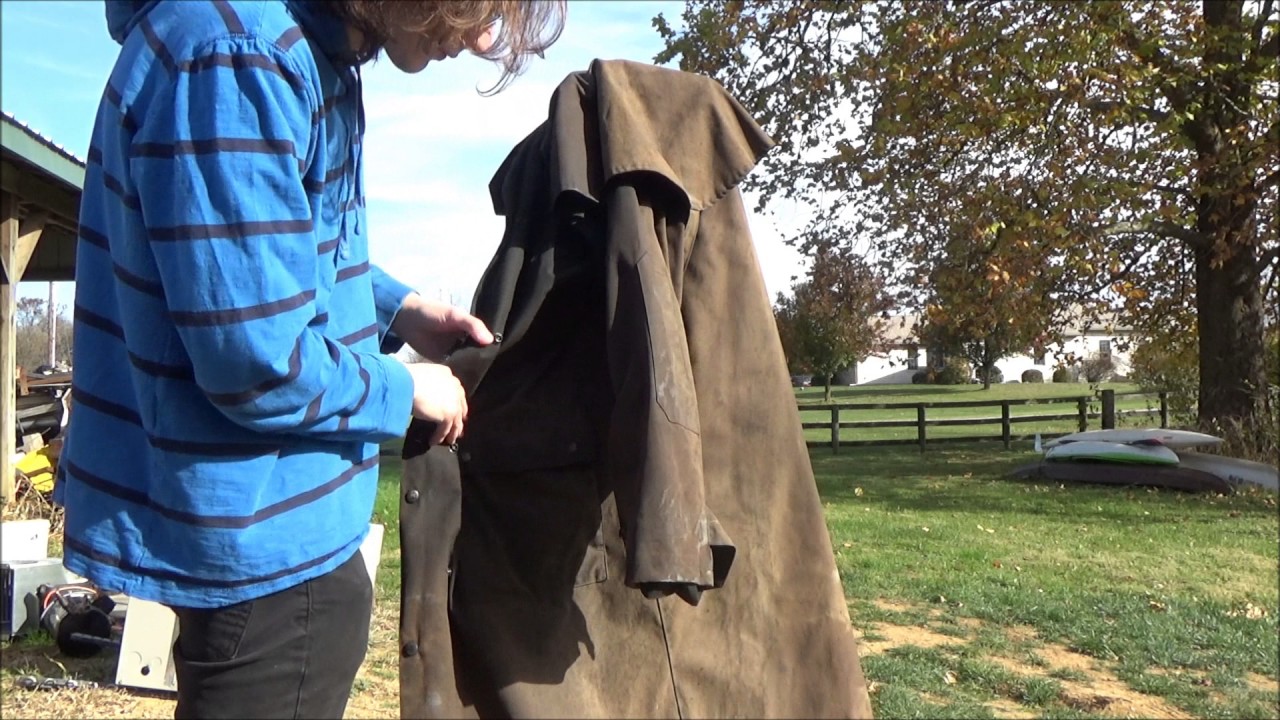
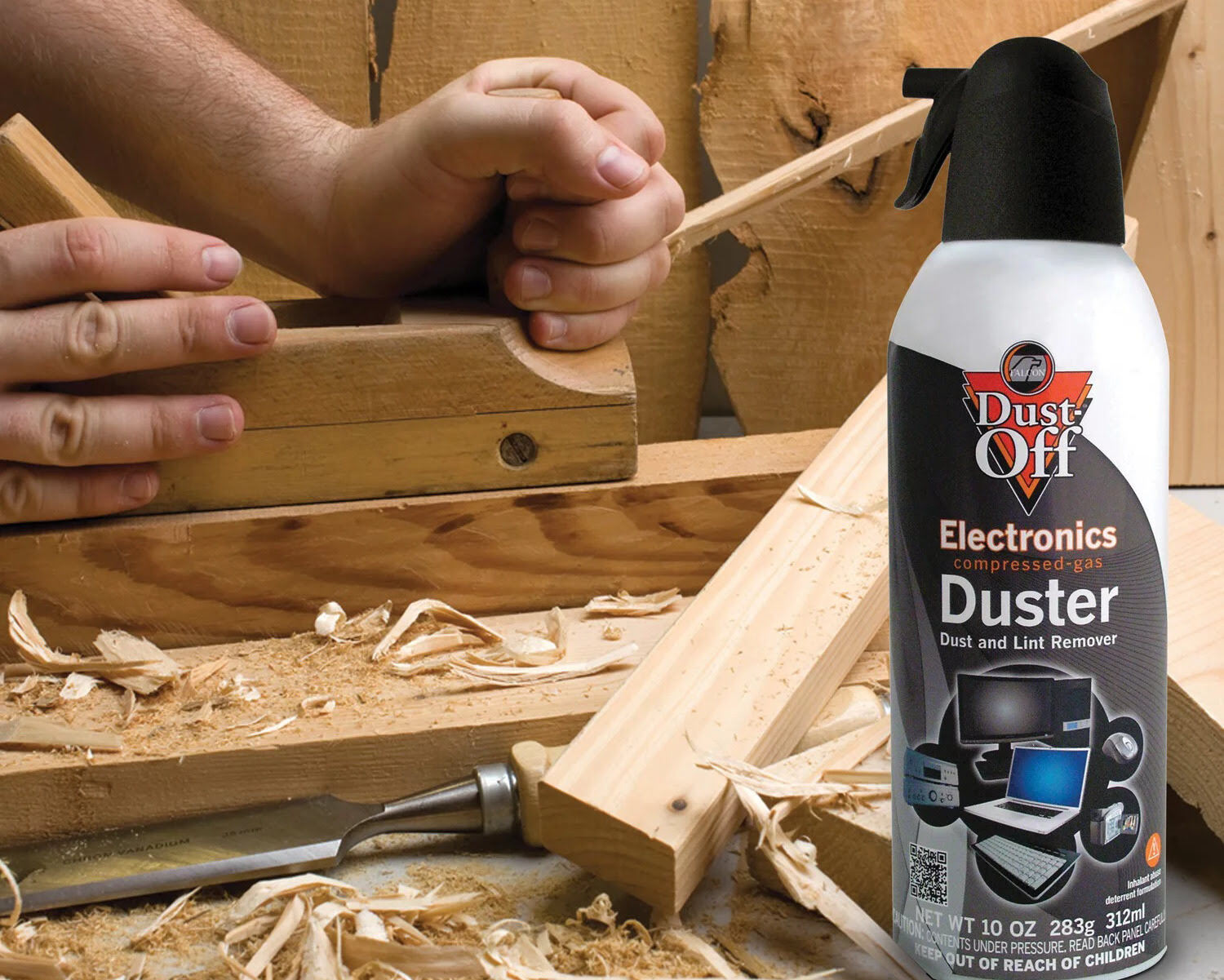
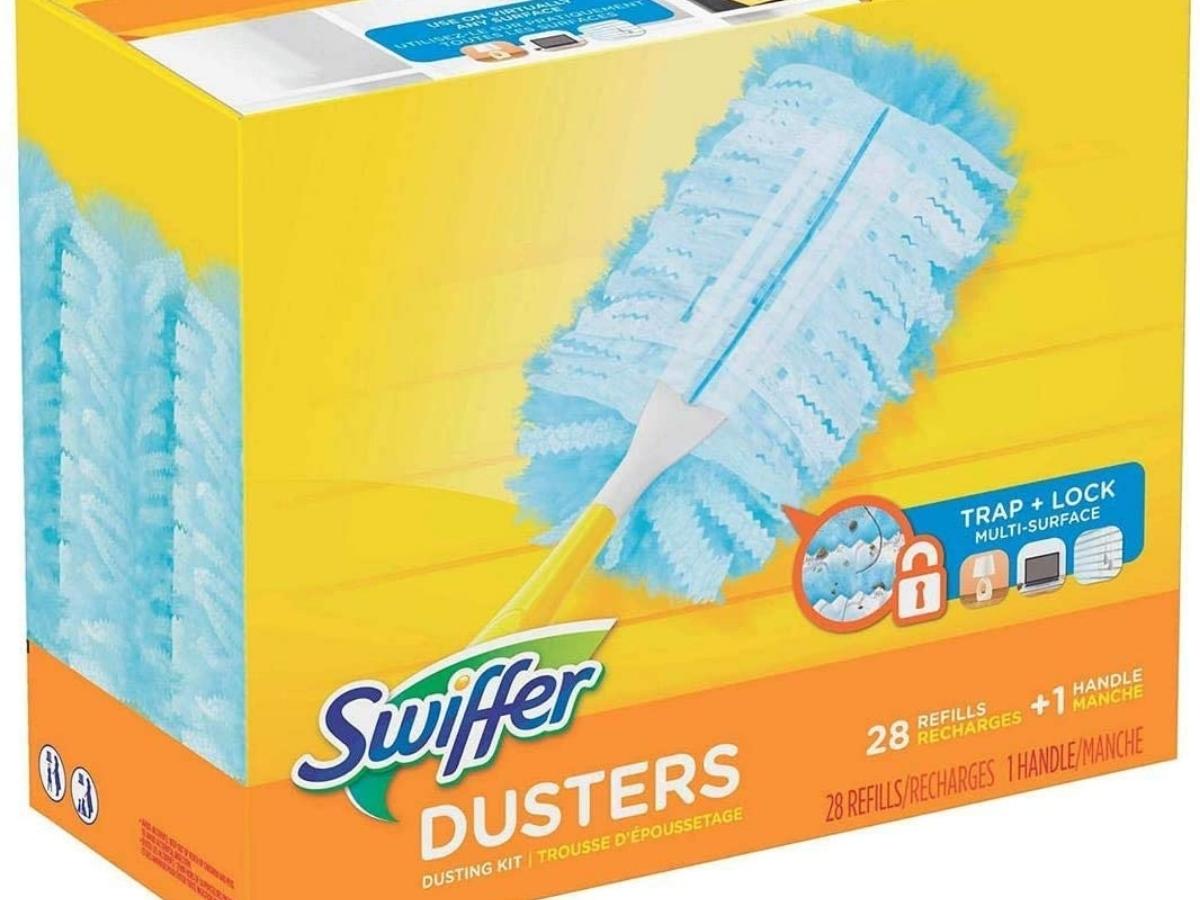
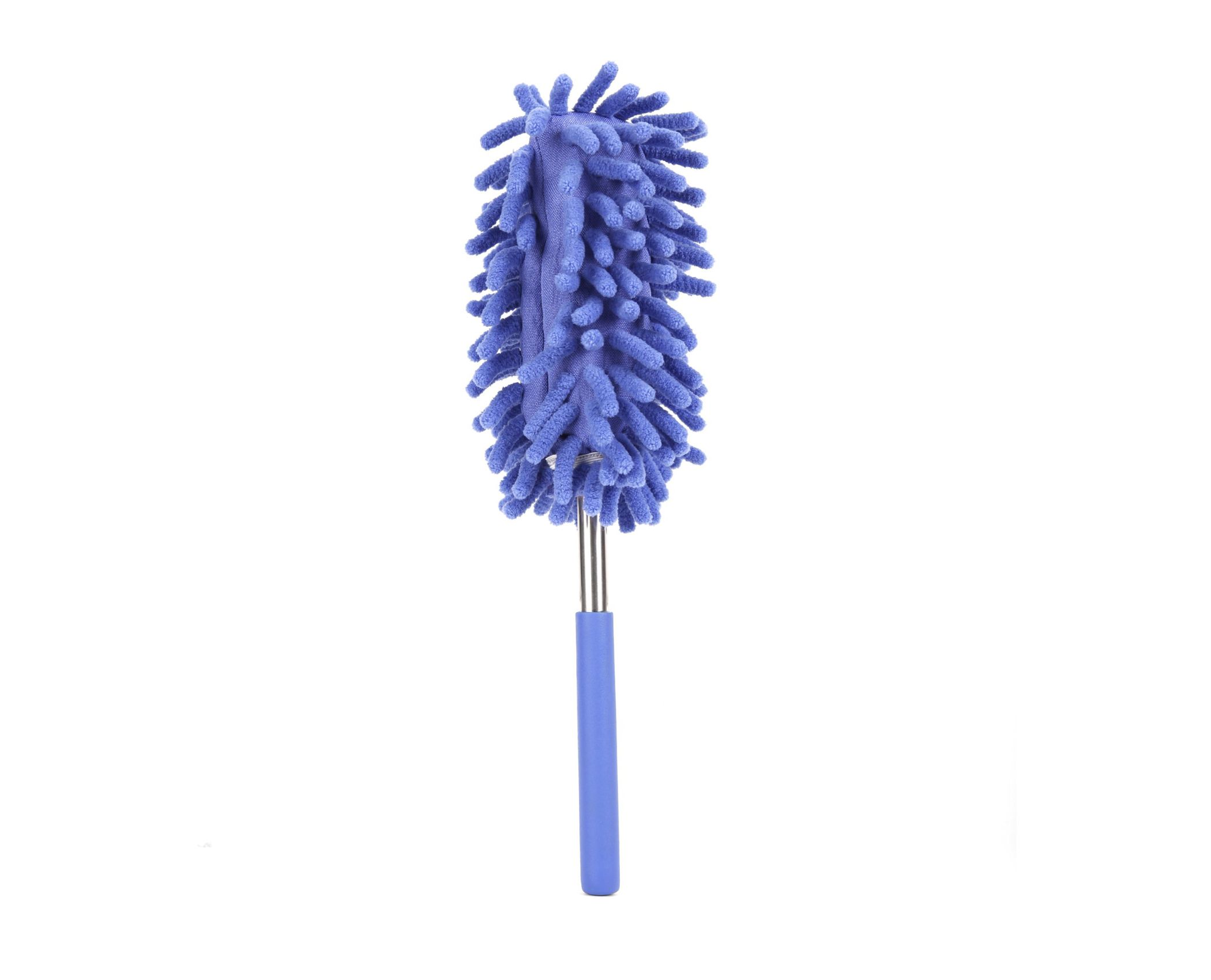

0 thoughts on “What Is In An Air Duster”